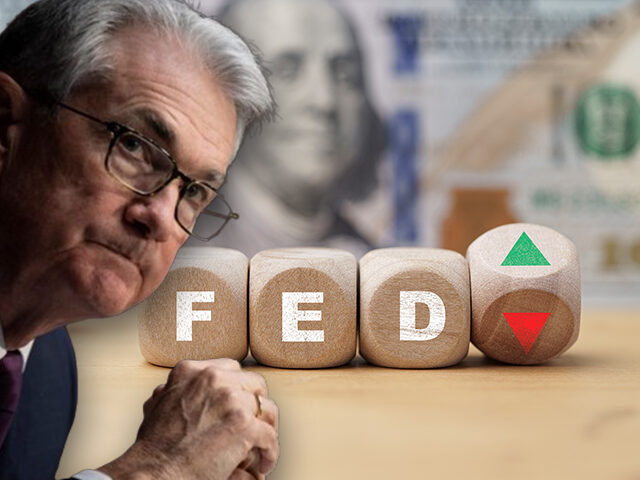Inflation Still Sizzles
Inflation is still running very hot, and the data released Friday included very few signals of cooling.
The Commerce Department said that the personal consumption expenditure (PCE) price index rose by 0.1 percent in March, which is about what analysts were expecting. Compared with a year ago, the PCE inflation gauge is up 4.2 percent. The prior month was revised up to 5.1 percent year-0ver-year.
The glass half-full reading is that March saw meaningful disinflation, with the year-over-year gain falling by nearly a full percentage point. The half-empty view would be that inflation was actually running at a faster pace than we previously thought.
Core PCE inflation, which excludes energy and food prices, rose 0.3 percent, also in line with expectations and unchanged from February. Compared with 12 months ago, core PCE prices are up 4.6 percent, slightly above expectations. The February core 12-month figure was revised up from 4.6 percent to 4.7 percent. So, there has not been much meaningful disinflation in core PCE prices.
Core services excluding housing, a category that Federal Reserve Chair Jerome Powell has frequently said deserves attention, did slow to 0.2 percent from 0.3 percent. While that is an improvement, it is still much higher than anything consistent with the Fed’s two percent target.
Harvard’s Jason Furman helpfully posted on Twitter the annualized rates on a one-month, three-month, and six-month basis. The notion here is that we can get a glimpse of the trends and perhaps underlying inflation by looking at different time horizons. Troublingly, the three-month figures are mostly above the six-month figures, suggesting persistent inflation.
Here are lots of measures of inflation over lots of horizons. A slowdown in March (although due to non-market imputations). Over longer periods all the measures remain high.
Next tweet shows that the median of the 18 measures (which excludes the 1 month) is 4.2%. pic.twitter.com/viiqFrh85U
— Jason Furman (@jasonfurman) April 28, 2023
Median PCE inflation, as calculated by the Cleveland Fed, declined on a monthly basis to 0.3 percent from 0.4 percent. The year-over-year measure, however, was unchanged at 5.8 percent. Note that median PCE inflation has been at 5.8 percent in seven out of the last eight months. The exception was January when it ticked up to 5.9 percent. This suggests that inflation has not really cooled at all despite nine rate hikes.
Employment Costs Still Rising
The Labor Department on Friday said that workers’ pay and benefits rose 1.2 percent in the first three months of this year, which is an acceleration from the upwardly revised 1.1 percent rise in the last quarter of 2022. Benefits, which tend to be more volatile, rose 1.2 percent, a pick-up from one percent in the October through December period. Wage and salary growth was little changed, rising another 1.2 percent.
The glass half-full reading here is that wage growth does not appear to be accelerating and may be showing signs of peaking. Half empty: even if wage growth is stabilizing, it is stabilizing at a level far above what would be consistent with two percent inflation. On a year-over-year basis, wages and benefits are up 4.8 percent, which many economists would equate with around four percent core PCE inflation.
Consistent with our observation that the housing market appears to be reviving, construction wage inflation picked up in the first quarter to 4.9 percent year-over-year from 4.3 percent.
Real Spending Fell
Personal consumption spending was flat in nominal terms in March. Goods spending declined by 0.6 percent, reflecting the weakness in retail sales in March. Spending on nondurable goods fell 0.4 percent, and spending on durables declined 0.9 percent. All the major sub-categories registered a decline.
Services spending climbed 0.4 percent. This was mostly driven by increased spending on necessities like housing, utilities, and health care. Spending on transportation services and recreation services declined, which bodes ill for the mood of the nation as we head toward warmer months.
Adjusted for inflation, spending declined. Real spending dropped by 0.03 percent month-over-month. Inflation adjusted goods spending dropped 0.4 percent, and services ticked up 0.1 percent. This will likely provide fuel for the argument that the economy is in danger of slipping into stagflation.
Expect a Fed Hike
The bottom line for next week’s meeting of the Federal Open Market Committee is another 25 basis point hike. The market is still pricing in several rate cuts to follow a brief pause, so Powell may decide to strike a hawkish tone at the press conference in an attempt to dissuade investors from this view.

COMMENTS
Please let us know if you're having issues with commenting.